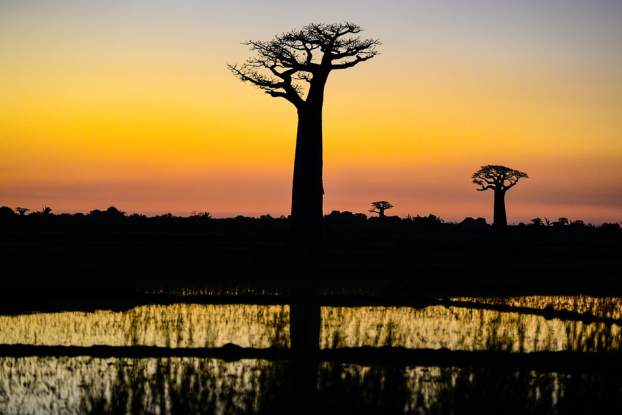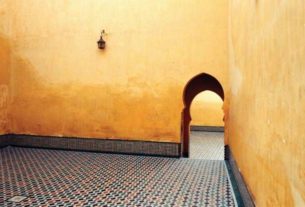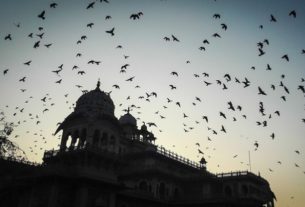Being a person who inspired humankind with his lifetime crusade for the conservation of the natural life on our planet, Gerald Durrell was always a true hero in my eyes. Apart from being a champion of wildlife conservation, Durrell was a superb writer with a natural ability to captivate his readers.
His books like ‘My Family and Other Animals’, ‘Birds, Beasts, and Relatives’, ‘A Zoo in My Luggage‘ and ‘The Drunken Forest‘ were immensely satisfying, even on repeated readings. The level of detailing and the amount of warm humor that Durrell invests into his narratives, which retell his fascinating encounters with the animal and natural world, makes his books brilliant reading material. And true-to his form, ‘Ark on the Move’ proves to be a captivating narration of his experience during wildlife conservation efforts at the islands of Madagascar and Mauritius.
In the book, Durrell and his team of scientists, along with the TV crew, traces endangered plant and animal life in Mauritius, Rodrigues Island and Round Island in the Mascarenes and Madagascar. They are also involved in inspecting the results of previous efforts of rescue and breeding operations in these islands and collecting new specimens for captive breeding. All the while, Durrell and his team also inspects how the ecosystem and indigenous plant and animal life of the Islands are being wiped off due to the ill treatment of nature by human beings.
The book gives the reader insights in to the natural history and unique flora & fauna found on Madagascar & Mauritius islands while describing the challenges faced by the delicate ecosystem of the islands, and the wildlife conservation efforts, which are being implemented to rescue this ‘treasure-house of unique forms of life’.
By associating with the Mauritian Government, the Durrell Wildlife Conservation Trust had previously established many conservation colonies for indigenous animals with in the Islands and in the Trust’s facility in Jersey, and through this book Durrell let the reader have a first-hand view of the these rescue operations.
Let’s take a look at the impact of some of the rescue efforts that Durrell initiated in the 80s in these Islands from the current perspective.
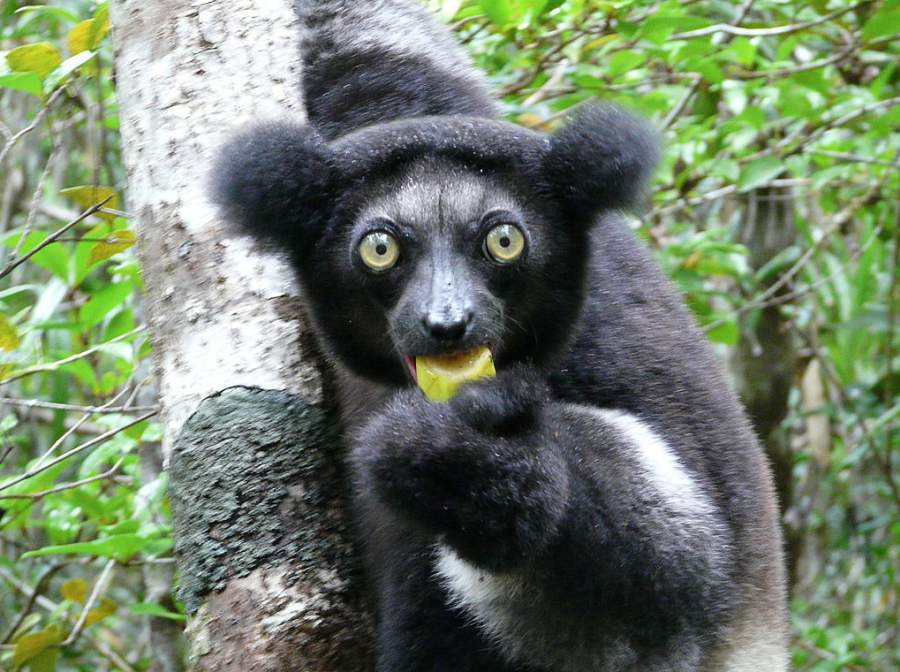
The Indri, one of the largest living lemurs native to Madagascar, are still critically endangered due to the continuing habitat destruction and fragmentation through deforestation and hunting.
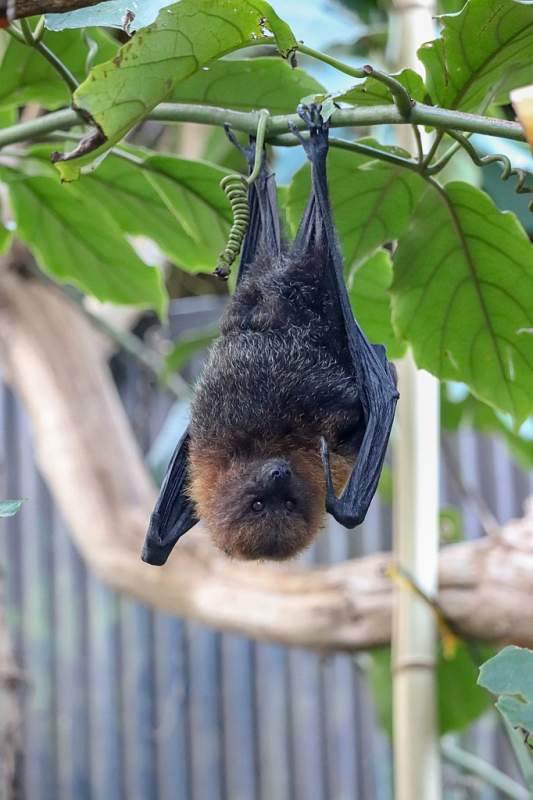
The Rodrigues flying fox or Rodrigues fruit bat, which is endemic to Rodrigues, was another critically endangered species in the wild due to human intervention and storm damage. Even though they are still in the brink of extinction on the wild, the captive breeding efforts of the Durrell trust has successfully resulted in having healthy colonies of bats in several zoos around the globe.

The Pink Pigeon – the only Mascarene pigeon that has not gone extinct – was on the brink of extinction with a population of only 10 birds due to habitat destruction and threats from nonnative predators. But the efforts of Durrell Wildlife Conservation Trust with its aviaries in Jersey and Black River, Mauritius has succeeded in raising the population to about 500.
Even after ardent rescue efforts and conservation, many of the critically endangered animals and plant life in the Madagascar and Mauritius are in the brink of doom, as deforestation and human intrusion continues. When compared to other volumes from Durrell, ‘Ark on the Move’ is a rather slim book, but it captures these conservation efforts in a heartwarming manner.
Durrell educates the reader about the delicate balance of the Islands ecosystem; it’s magical natural world teeming with an array of curious, charming animals and the importance of preserving them. A book worth reading for all nature lovers.



